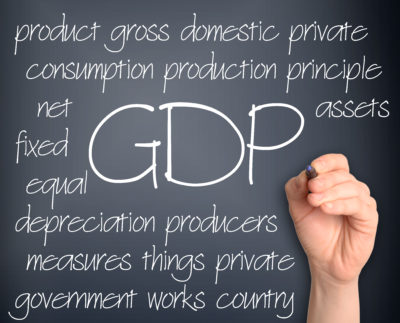Why NGDP targeting?
One of the most important questions in the field of monetary economics is “what should a central bank do?” It is only after this question is answered that one can begin to think about how a central bank should go about achieving its various target rates.
The Federal Reserve, like most central banks, is mostly concerned with price level stability. This, however, is not the same as monetary equilibrium. It is the former, not the latter, that a central bank should aim to reach.
The case for monetary equilibrium should not be too intricate. Money is an economic good. As such, there is a supply of and demand for money. The Federal Reserve is the monopolist producer; it is the main supplier of money in the market. As such, Federal Reserve has the responsibility of maintaining monetary equilibrium, a requirement to avoid crises such as the Great Depression and the Great Recession, both of which occurred under the watchful eye of the Fed.
Why then are price stability and monetary equilibrium not the same?
The conflation of both ideas comes from the fact that in a world where everything is static, monetary equilibrium and price stability occur simultaneously. This is not to say that the latter is the consequence of the former. In the real world, however, things are not static. One important macroeconomic variable that changes on time is technology, or total factor productivity. Think of the electronic markets and how the price of mobile phones and computers has been falling over the last few decades. In such a case, deflation really isn’t a problem.
If the Federal Reserve were to try to offset the fall of the price of electronics, it would have to increase money supply to keep the price level stable. But because money demand has not changed, the increase in money supply would move the money market out of equilibrium, and since money is the second hand of every transaction in the market, said disequilibrium would course through the market like an infection in the bloodstream.
Several scholars have argued that the Federal Reserve was mislead by productivity gains and tried to keep price levels stable, producing an excess of money that legislation and political pressure channeled to the housing market and producing the bubble the burst and resulted in the subprime crisis.
To keep monetary equilibrium means that the money supply needs to change at the same rate as money demand. This is what is referred to as NGDP targeting. NGDP equals the total monetary income, which in turn is the amount of money supply multiplied by how fast money is being spent (money velocity), the inverse of money demand. The less we demand money, the less money we hold in our balances and the more we spent, increasing money velocity. Therefore, an increase in money demand produces a fall in money velocity. To keep monetary equilibrium, the central bank should increase money supply to offset money demand. The outcome of this is a stable NGDP. In other words, NGDP targeting stabilizes aggregate demand leaving the economy subject to real shocks.









